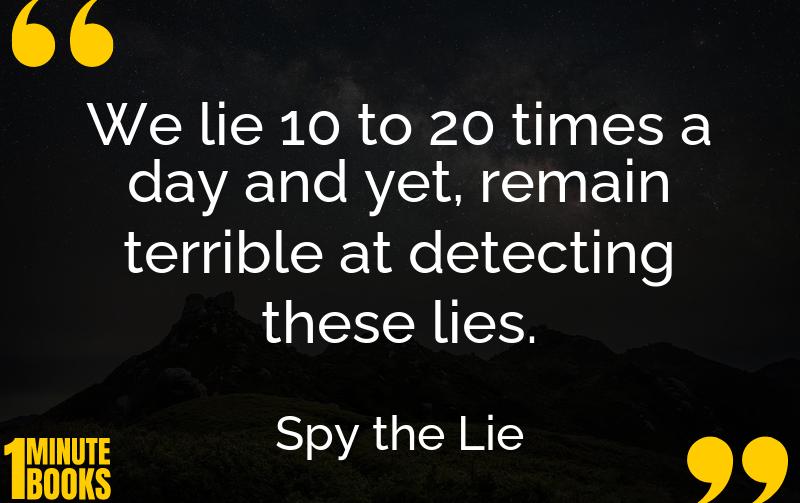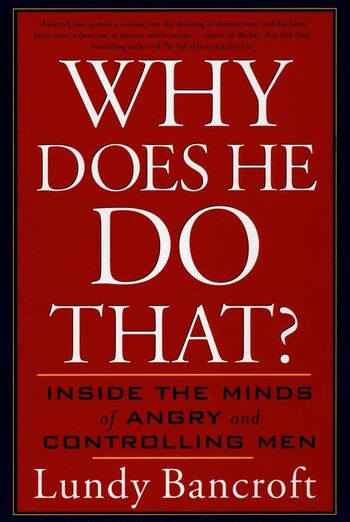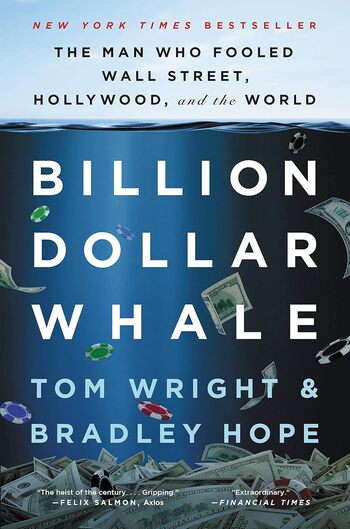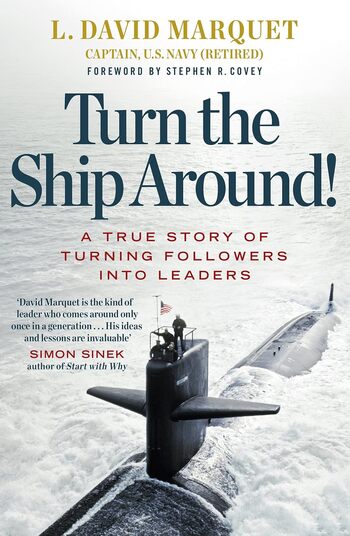
Spy the Lie equips readers with strategies to detect lies by interpreting verbal and non-verbal cues, highlighting biases, and asking the right questions.
Main Lessons
- We frequently lie but struggle to identify lies due to complex communication and biases.
- Focusing on both verbal and non-verbal cues is essential but challenging.
- Biases skew perception and affect judgment, impacting lie detection.
- Liars often mix truths with deception to seem credible.
- People avoid questions to lie by omission, leaving out critical details.
- Lies of commission involve adding unnecessary details to seem genuine.
- Lying induces physical stress responses like sweating or shifting posture.
- Clusters of deceptive signals in body language may indicate lying.
- Asking neutral, specific questions can elicit truthful or revealing responses.
- Avoid confrontation when suspecting lies, and encourage collaboration instead.
- Encourage liars to disclose more than planned to uncover inconsistencies.
- Lie detectors can’t catch every falsehood due to complex human behavior.
- Remaining objective and observing subtle clues can aid in detecting deceit.
- Asking non-confrontational questions can prevent a liar from solidifying their story.








